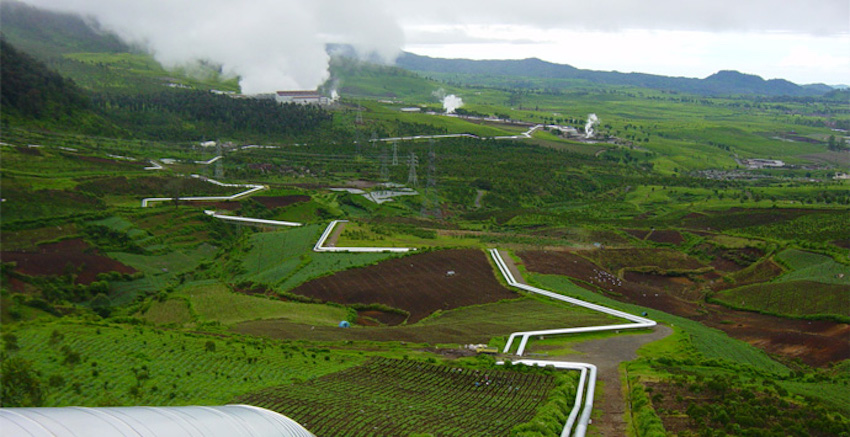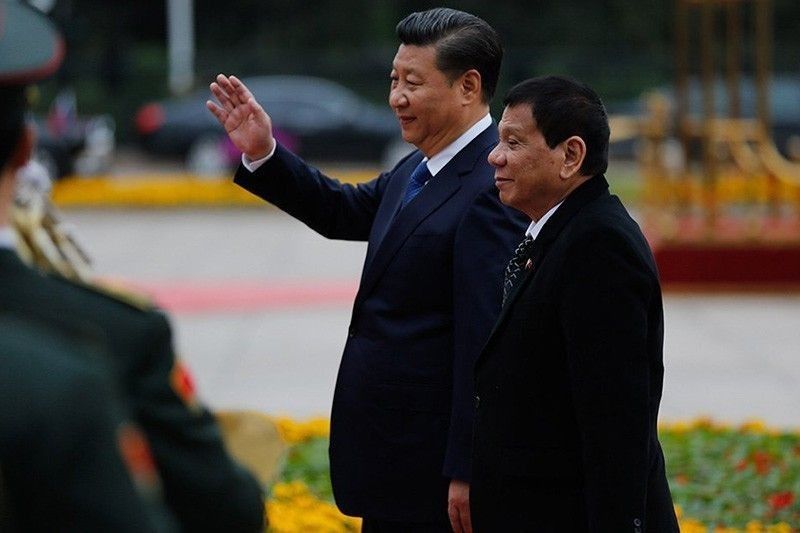The European Chamber of Commerce (Eurocham) yesterday highlighted the economic and environmental benefits of renewable energy, and appealed to firms with operations in the Kingdom to embrace green technologies.
Speaking after a press conference on the green economy organised by the Club of Cambodian Journalists (CCJ), Rogier Van Mansvelt, vice chairman of the chamber’s green business committee, said there has been an increase in the use of renewable energy sources in the Kingdom as they are often cheaper than the alternative.
“We want to see more people and families in both rural and urban areas using solar energy because it can help them save money. There are now plenty of suppliers selling affordable solar modules in the market.”
He said Cambodia lags far behind neighbouring nations like Vietnam and Thailand when it comes to using solar energy systems, adding that the main challenge for the technology to gain ground in the country is a lack of awareness of its economic and environmental benefits.
“Most families do not seem to understand the advantages of using solar energy. The upfront cost of buying solar modules is also a barrier we need to overcome,” Mr Van Mansvelt said.
Andeol Cadin, chairman of the green business committee and the architecture and development committee, said that investing in green economy infrastructure amounts to an investment in the conservation of the country’s natural resources.
“The European Union has been trying many times to implement a green economy, and they had gone through many mistakes, but they have also have many successes,” he said, adding that Cambodia, as a younger economy, must learn from the EU experience and avoid making the same mistakes.
CCJ president Pen Bona, said, “As Cambodia develops all its sector of economic activity – including electricity, agriculture, etc – we need to learn from new ideas and experience, especially those related to the green economy.”
“Green economy refers to using cheap, clean energy in a way that does not affect the environment and benefits society,” he explained.
The government aims to have every village in the country connected to the national grid by 2020. By the end of 2017, 88 percent of villages had access to electricity, according to the Ministry of Mines and Energy.
With seven hydropower plants expected to fully operational by the end of 2018, a recent report by the Electricity Authority of Cambodia forecasts that total energy output in the country will be 1,329 MW.
The report said 538 MW will come from coal power plants, 251 MW from fossil fuel power stations, and 72 MW from renewable energy sources.











